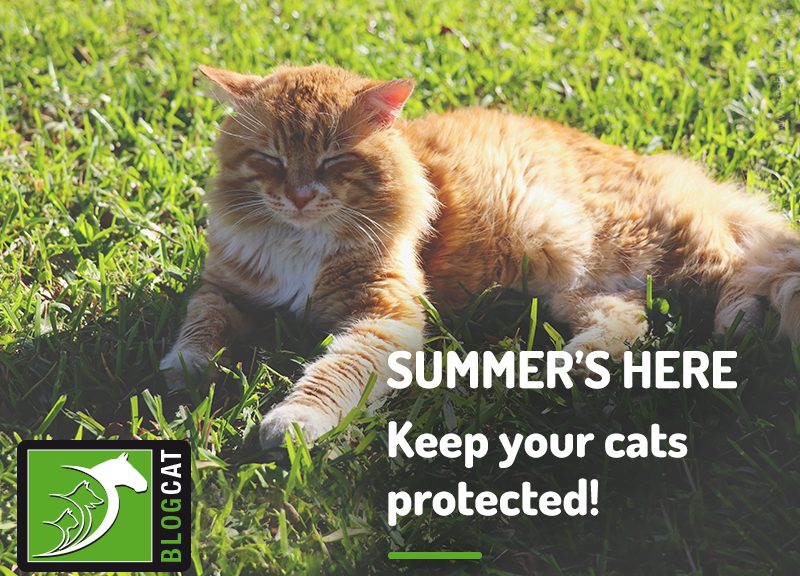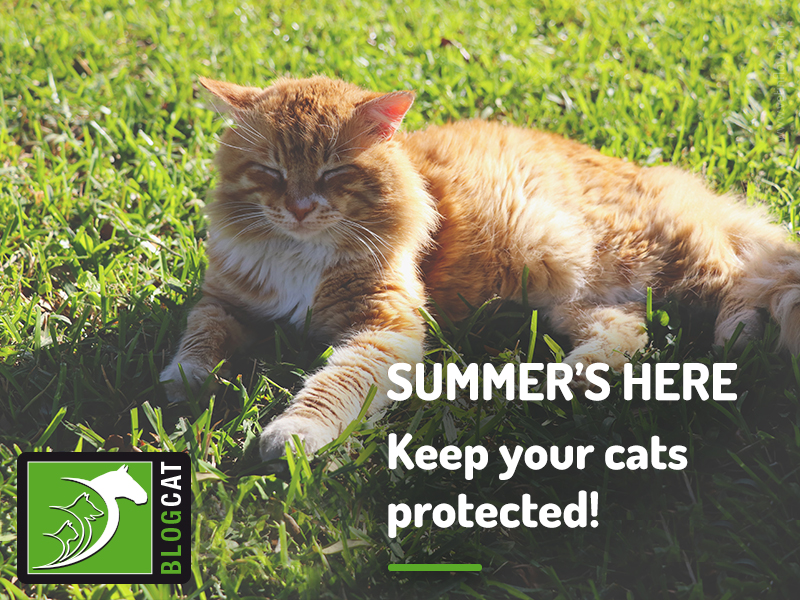If you’re travelling abroad with your dogs this summer, you will hopefully already have understood the latest requirements.
As the UK is still a part of the European Union, dogs can travel under the Pet Travel Scheme, which means as long as their microchip, parasite treatments, vaccinations and pet passport are up to date, you’ll be able to take them with you to visit other European countries.
However, travelling arrangements are likely to change after Brexit, so make sure you consult the government website before planning a future trip with your four-legged friend:
https://www.gov.uk/guidance/pet-travel-to-europe-after-brexit
Besides the compulsory requirements you’ll need to comply with before you can enjoy your well-deserved break, you should be aware that there are diseases that your dog can encounter abroad that don’t naturally occur in the UK.
Have you ever heard of leishmaniasis?
Leishmaniasis is a disease caused by a single-cell parasite that is transmitted through sandfly bites. This parasite can affect not only dogs but also humans, even though transmission does not occur directly from dogs to humans and vice versa.
Fortunately, the sandflies that carry the parasite are not currently found in the UK, as they usually need warmer conditions to thrive. However, they are common in southern European countries, which are commonly chosen as holiday destinations.
Once a dog is infected, their immune response will dictate the severity of clinical signs as well as how long it will take for the disease to develop, which can take months or even years.
At first, you may notice fever, lack of appetite, weight loss, other gastrointestinal signs, skin lesions and enlarged lymph nodes.
With time, your dog’s health will progressively deteriorate, and he or she is likely to suffer from multi-organ failure.
As there’s no cure for leishmaniasis, once they are infected, dogs will need lifelong monitoring and treatment.
The good news is that you can protect your dogs against this life-threatening illness! Talk to your vet so he or she can advise you correctly!
Would you like to know more about dogs? Check our Canine Courses:
![]()



